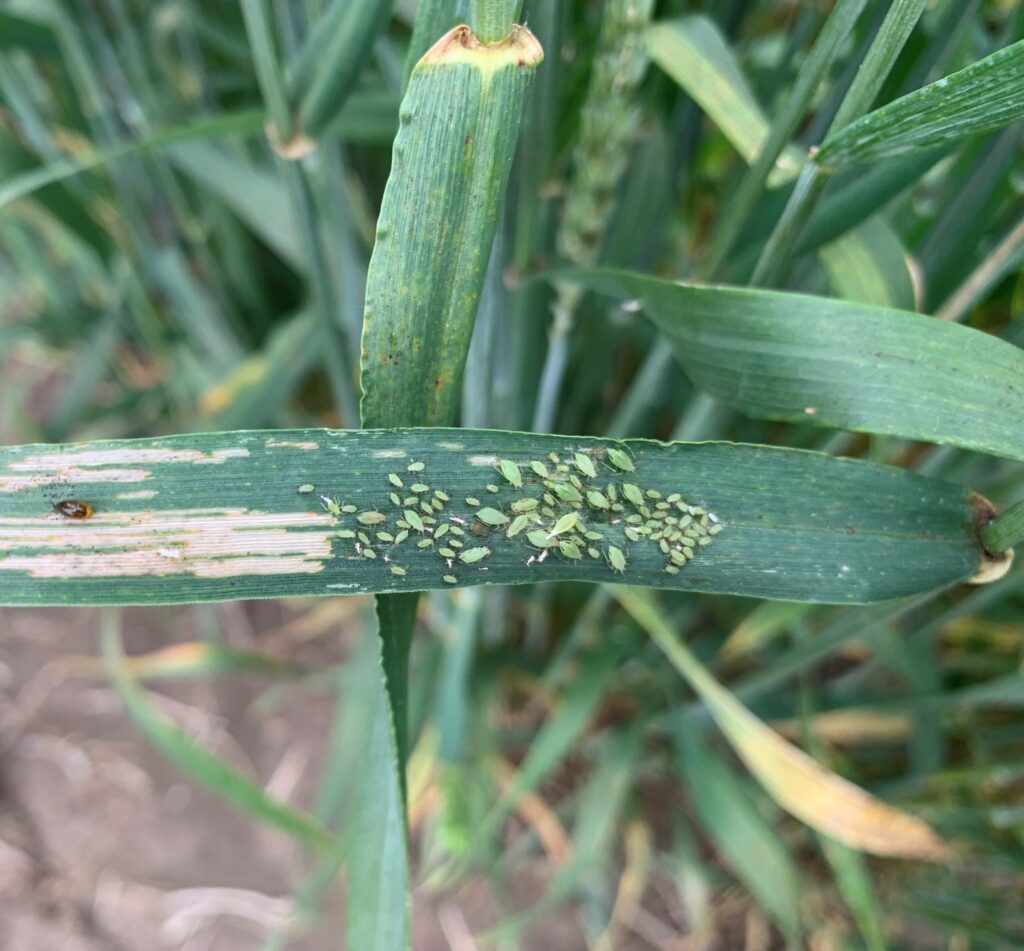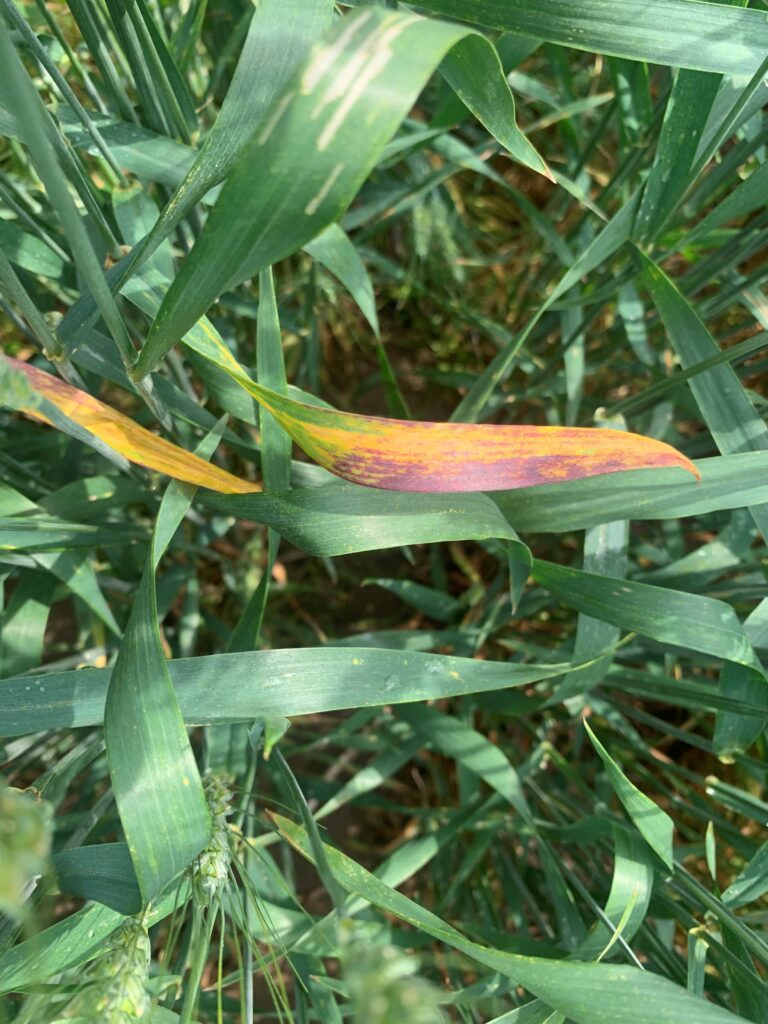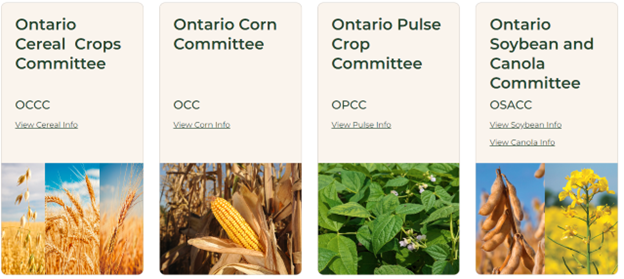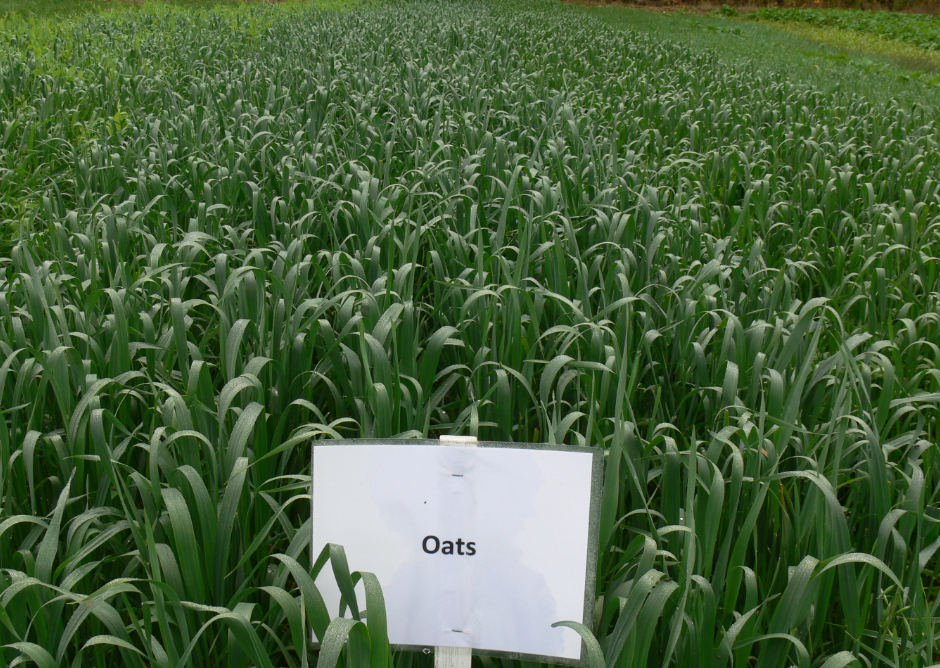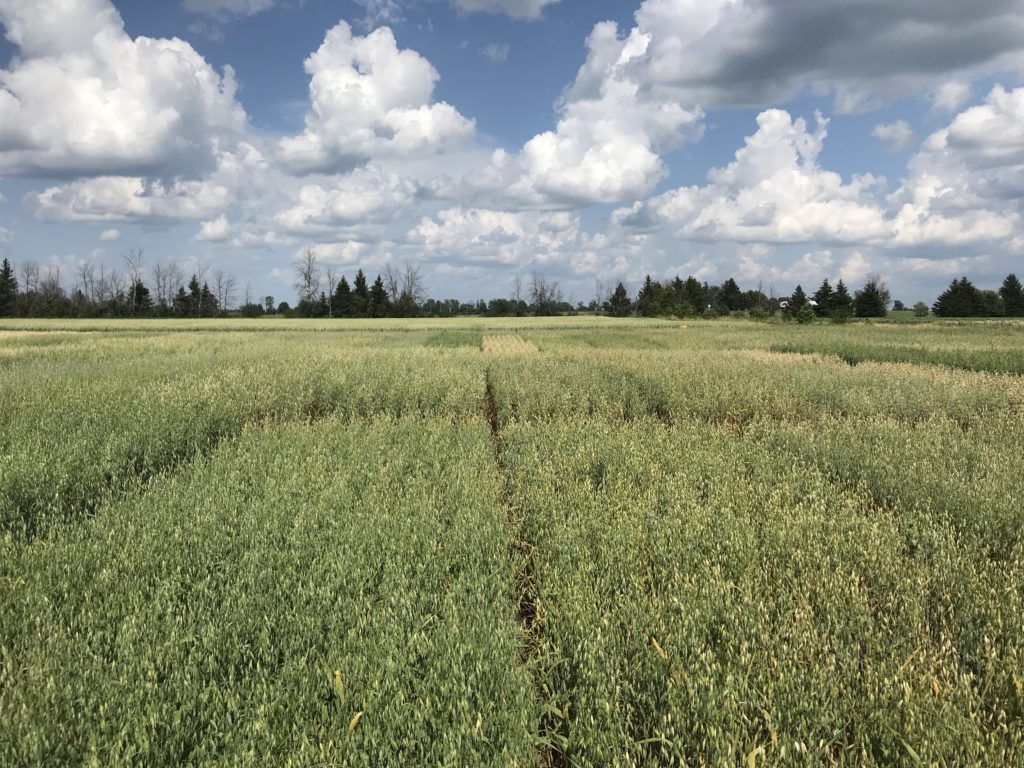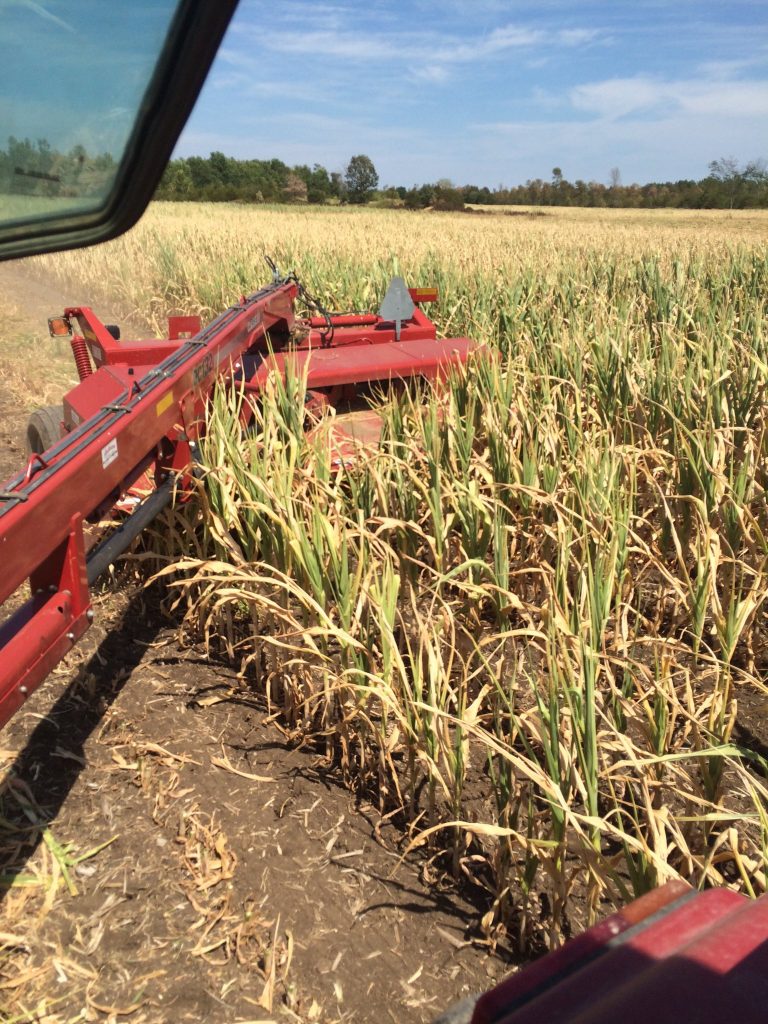Cereal Leaf Beetle
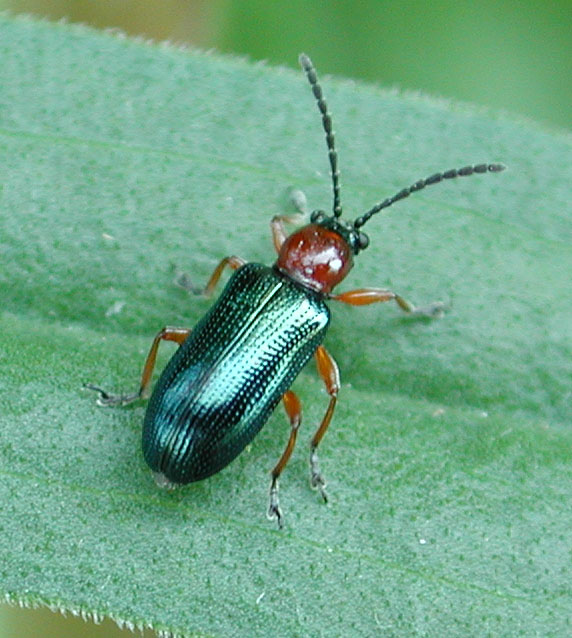
Identification Cereal leaf beetle (CLB) adults have metallic, blue-green wings, are approximately 5 mm (1/5 in.) in length, with a reddish-orange head and legs (figure 1). CLB eggs are football shaped and approximately 0.5 mm in length (figure 2). They are laid on the upper surface of the leaf, close to the midrib and start […]
